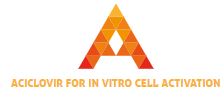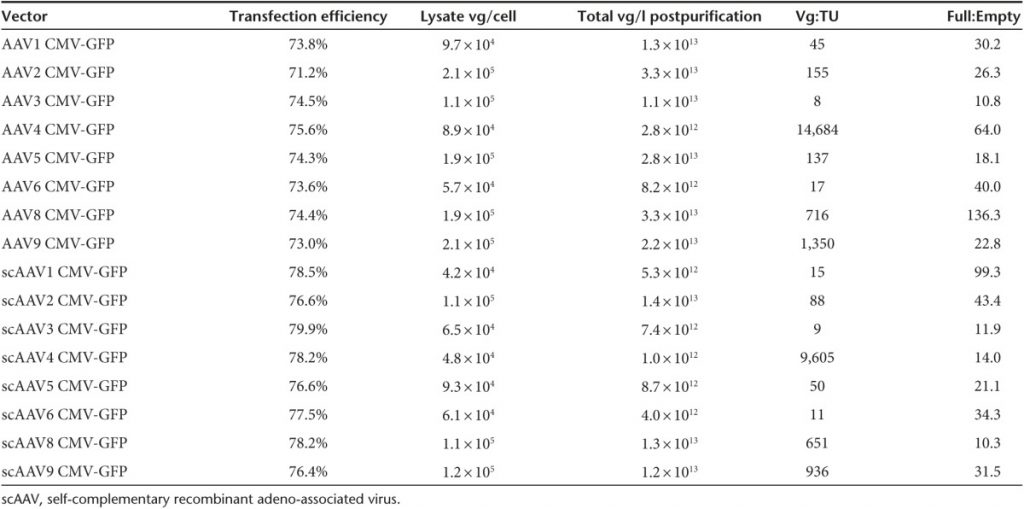Adeno-associated virus (AAV) has proven nice promise as a gene remedy vector in a number of points of preclinical and medical purposes.
Many developments together with new serotypes in addition to self-complementary vectors at the moment are coming into the clinic. With these ongoing vector developments, continued effort has been centered on scalable manufacturing processes that may effectively generate high-titer, extremely pure, and potent portions of rAAV vectors.
Using the comparatively easy and environment friendly transfection system of HEK293 cells as a place to begin, we now have efficiently tailored an adherent HEK293 cell line from a certified medical grasp cell financial institution to develop in animal component-free suspension situations in shaker flasks and WAVE bioreactors that enables for speedy and scalable rAAV manufacturing.
Utilizing the triple transfection technique, the suspension HEK293 cell line generates larger than 1 × 10(5) vector genome containing particles (vg)/cell or larger than 1 × 10(14) vg/l of cell tradition when harvested 48 hours post-transfection. To realize these yields, quite a lot of variables had been optimized comparable to number of a suitable serum-free suspension media that helps each progress and transfection, number of a transfection reagent, transfection situations and cell density.
A common purification technique, primarily based on ion alternate chromatography strategies, was additionally developed that leads to high-purity vector preps of AAV serotypes 1-6, 8, 9 and varied chimeric capsids examined. This user-friendly course of could be accomplished inside 1 week, leads to excessive full to empty particle ratios >>90% full particles), gives postpurification yields >>1 × 10(13) vg/l) and purity appropriate for medical purposes and is common with respect to all serotypes and chimeric particles.
Up to now, this scalable manufacturing expertise has been utilized to fabricate GMP part 1 medical AAV vectors for retinal neovascularization (AAV2), Hemophilia B (scAAV8), big axonal neuropathy (scAAV9), and retinitis pigmentosa (AAV2), which have been administered into sufferers.
As well as, we report a minimal of a fivefold improve in general vector manufacturing by implementing a perfusion technique that entails harvesting rAAV from the tradition media at quite a few time-points post-transfection.

Investigations into the metabolism of two-dimensional colony and suspended microcarrier cultures of human embryonic stem cells in serum-free media.
Metabolic research of human embryonic stem cells (hESCs) can present necessary data for stem cell bioprocessing. To this finish, we now have examined progress and metabolism of hESCs in each conventional 2-dimensional (2D) colony cultures and three-d microcarrier cultures utilizing a conditioned medium and three serum-free media.
The 2D colony cultures plateaued at cell densities of 1.1-1.5 × 10⁶ cells/mL at day 6 because of floor limitation. Microcarrier cultures achieved 1.5-2 × 10⁶ cells/mL on days 8-10 earlier than reaching a plateau; this progress arrest was not because of floor limitation, however in all probability because of metabolic limitations.
Metabolic evaluation of the cultures confirmed that amino acids (together with glutamine) and glucose are in extra and aren’t limiting cell progress; however, the excessive ranges of waste merchandise (25 mM lactate and 0.Eight mM ammonium) and low pH (6.6) obtained on the final levels of cell propagation could possibly be the causes for progress arrest. hESCs cultured in media supplemented with lactate (as much as 28 mM) confirmed decreased cell progress, whereas ammonium (as much as 5 mM) had no impact.
Lactate and, to a lesser extent, ammonia affected pluripotency as mirrored by the lowering inhabitants of cells expressing pluripotent marker TRA-1-60. Feeding hESC cultures with low concentrations of glucose resulted in decrease lactate ranges (∼10%) and a better pH stage of 6.7, which ends up in a 40% improve in cell density.
We conclude that the excessive lactate ranges and the low pH over the past levels of high-density hESC tradition might restrict cell progress and have an effect on pluripotency. To beat this limitation, a managed feed of low ranges of glucose and on-line management of pH can be utilized.

